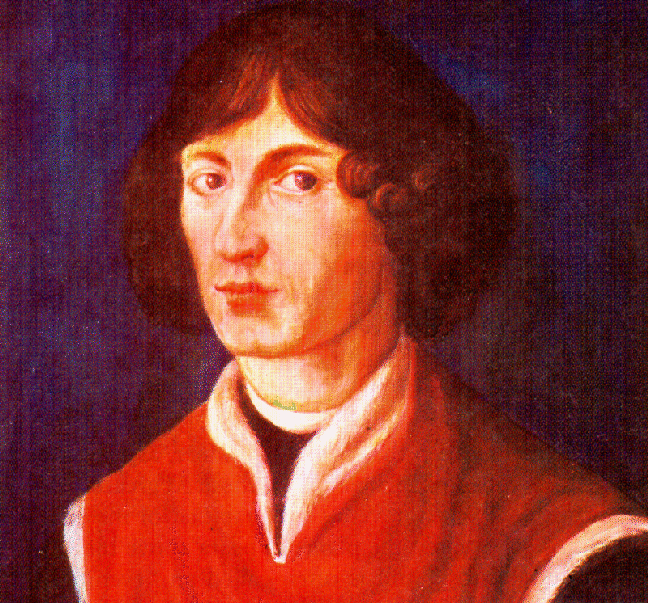
|
Development of Modern Astrophysics |

|
Development of Modern Astrophysics |
The earliest attempts to construct scientific models were made by the Greeks. The models were usually Earth-centered, geo-centric. The Greeks attached physical significance to the Celstial Sphere construction. The Greeks not only used the notion that the Earth was sitting in the center of a large sphere to build a toy model with which to visualize the motions of objects in the Solar System, the Greeks also believed that this was how the Solar System (Universe) worked. The Greeks had scientific reasons for believing this idea, e.g., lack of annual trigonometric parallax and incorrect interpretations. The Greeks were clever, however. They had many triumphs.
After Copernicus, in terms of scientific models, the pace of development of Modern Astrophysics picks up. Tycho Brahe develops a large and accurate database (constrains the observable properties of the REAL WORLD), Johannes Kepler develops a geometric model which explains the data, and Galileo and Newton develop a theory for the physical foundations of the model of Kepler.
The first great optical observer. His primary contributions to astrophysics were the design and development of observing instruments and the precise data he collected on the motions of the celestial bodies. His data were accurate to within 1 to 2 arc minutes. The data were accurate enough to allow people to rule out theories of the motions of the celestial bodies. The result of his (and other people's) studies was to show that neither the Ptolemaic nor the Copernican models were acceptable. Both models were not consistent with the data!!!
Kepler worked with Tycho and with Tycho's data (after the death of Tycho). He developed the first accurate model for the motions of the planets, Kepler's Laws of Planetary Motion. As we will discuss later, Kepler's laws are based on Newtonian physics and are, in fact, easily generalized so that, in suitable form, Kepler's laws apply to any system of objects bound together by their mutual gravitational attraction. For example, Kepler's laws apply to binary star systems, to the orbit of the Moon about the Earth, to the orbits of the moons of Jupiter about Jupiter, ... .
Newton developed the physical theory which led to an understanding of Kepler's Laws. Galileo began the studies which culminated in Newton's work, however, here I concentrate on Newton because he tied things together and essentially started a new science, Physics. Newton published his work on mechanics and optics in the book, Philosophiae Naturalis Principia Mathematica. In the Principia, Newton states his three laws of motion and his Universal theory of Gravitation. Armed with these laws, Newton demonstrated why Kepler's laws governed the orbits of the Celestial bodies in the Solar System.

